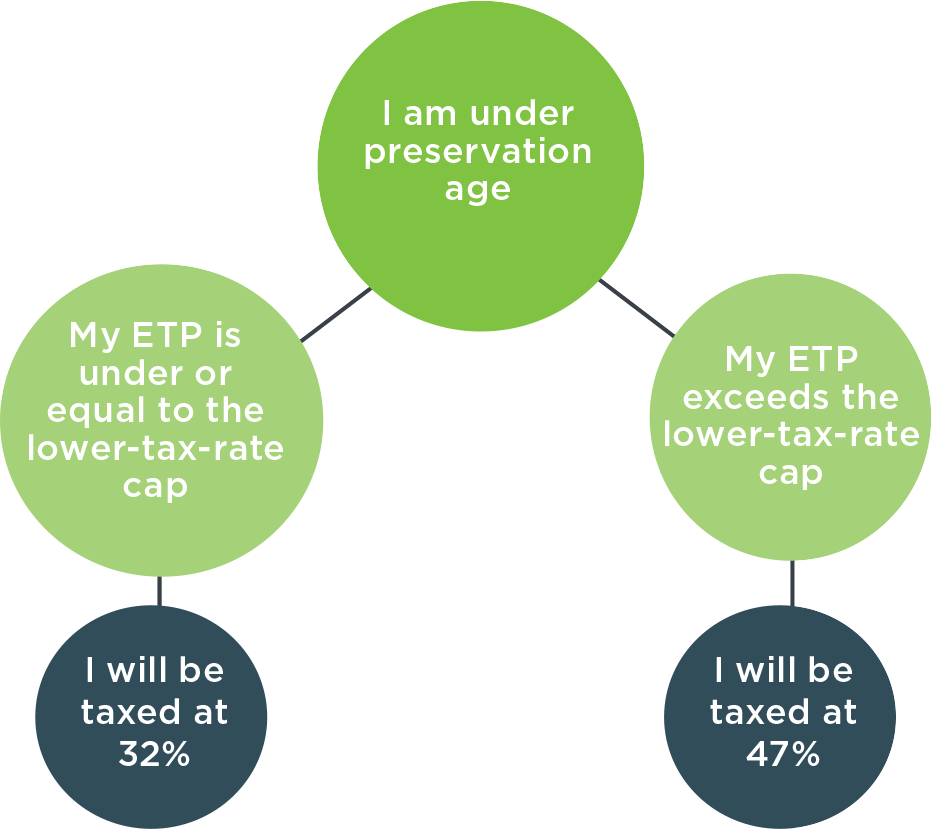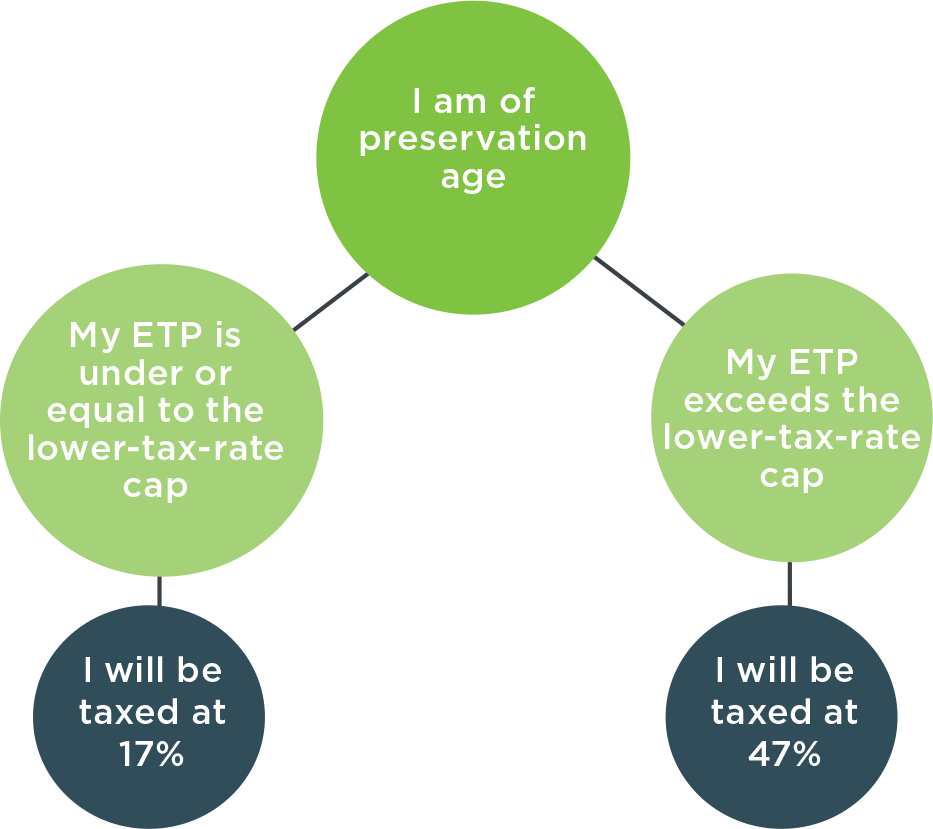-
Superannuation
Super Health Check
Brighter Super offers Super Health Checks over the phone, video conference or in-person where we can help you discover new ways to grow your superannuation, and check that you are on track for a comfortable retirement.
-
Retirement
2025 Retirement readiness in Australia
See the challenges and goals shaping retirement today with Brighter Super's latest report.
-
Investments
Unit prices
Daily indications of performance for each investment option as a daily movement percentage and a financial year to date percentage.
-
Advice
Advice
Good advice is key to helping people achieve financial prosperity and security in retirement.
-
Resources
#1 super fund for Member Education
Winner of the 2025 Super Review Super Fund of the Year Member Education award.
- Member Online
-
Superannuation
Super Health Check
Brighter Super offers Super Health Checks over the phone, video conference or in-person where we can help you discover new ways to grow your superannuation, and check that you are on track for a comfortable retirement.
-
Retirement
2025 Retirement readiness in Australia
See the challenges and goals shaping retirement today with Brighter Super's latest report.
-
Investments
Unit prices
Daily indications of performance for each investment option as a daily movement percentage and a financial year to date percentage.
-
Advice
Advice
Good advice is key to helping people achieve financial prosperity and security in retirement.
-
Resources
#1 super fund for Member Education
Winner of the 2025 Super Review Super Fund of the Year Member Education award.
- Member Online


